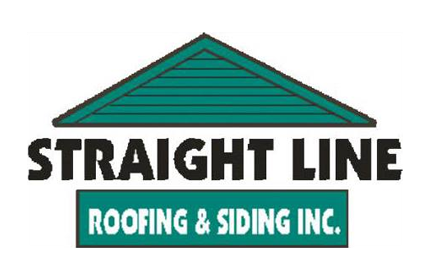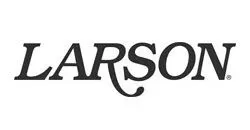FAQs
Straight Line Roofing & Siding Inc.
Can I replace my own roof?
While some homeowners might consider DIY roof replacement to save costs, it's generally not recommended. Roofing involves complex procedures and safety risks and requires specialized tools and knowledge. Hiring a professional roofing contractor ensures the job is done correctly, safely, and in compliance with local building codes. If you need a new roof installation, contact us at Straight Line Roofing & Siding Inc today!
What roofing styles are available?
There are various roofing styles to suit different architectural designs and personal preferences. Common styles include gable, hip, mansard, and flat roofs. Each style has its advantages and is compatible with specific roofing materials. Consulting with a roofing contractor can help determine the best style for your property. If you need a reliable roofer, call us today!
Why is my roof stained?
Roof stains are often caused by algae, mold, mildew, or moss growth, especially in humid climates. These organisms thrive on moisture and can deteriorate roofing materials over time. Regular cleaning and maintenance can prevent and remove stains. For more expert advice from the roofing contractors you can count on, call us today!
When should I replace my roof?
Several signs indicate it's time for a roof replacement, including:
- Curled, cracked, or missing shingles
- Leaks or water damage inside the home
- Sagging roof deck
- Moss or algae growth
- Roof age exceeding 20-25 years for asphalt shingles
A professional inspection by reputable roofing contractors can provide a definitive assessment. Call us today!
How long do roofs last?
The lifespan of a roof depends on the material used. Generally speaking:
- Asphalt shingles last 20-30 years
- Metal roofing lasts 40-70 years
- Clay or concrete tiles last 50-100 years
- Slate lasts 75-200 years
- Wood shingles last 25-30 years
Regular maintenance can extend the life of your roof. If you're seeking a new roof installation or roof replacement, call us today!
Why are my shingles discolored?
Discoloration can result from algae growth, UV exposure, or aging materials. While some discoloration is cosmetic, it's essential to ensure it doesn't indicate underlying damage. Our roofing contractors can evaluate the condition and recommend appropriate action. Call us today!
What should I check for after roofers install a new roof?
After installation, ensure:
- All materials match the agreed specifications
- Flashing is properly installed
- Ventilation systems are unobstructed
- The site is clean, with no debris or nails
- You receive warranty documentation
If you're seeking a roofer you can depend on, call us today!
What happens if a roof is installed incorrectly?
Improper installation can lead to leaks, reduced lifespan, and voided warranties. It's crucial to hire experienced, certified roofing contractors to avoid these issues. Reach out to us today!
How do I know if my roof was installed properly?
Signs of proper installation include:
- Uniform shingle alignment
- Secure flashing around chimneys and vents
- Adequate attic ventilation
- No visible gaps or exposed nails
- A post-installation inspection by a third-party or assurance from the contractor
If you're seeking roof installation from roofers who care, call us today!
What are the steps involved in roof replacement?
At Straight Line Roofing & Siding Inc, our roof replacement process involves:
- Initial inspection and estimate
- Scheduling and preparation
- Removal of old roofing
- Repairing the roof deck
- Installing underlayment and flashing
- Applying new roofing materials
- Final inspection and cleanup
If you're looking for a roofer who gets the job done, call us today!








